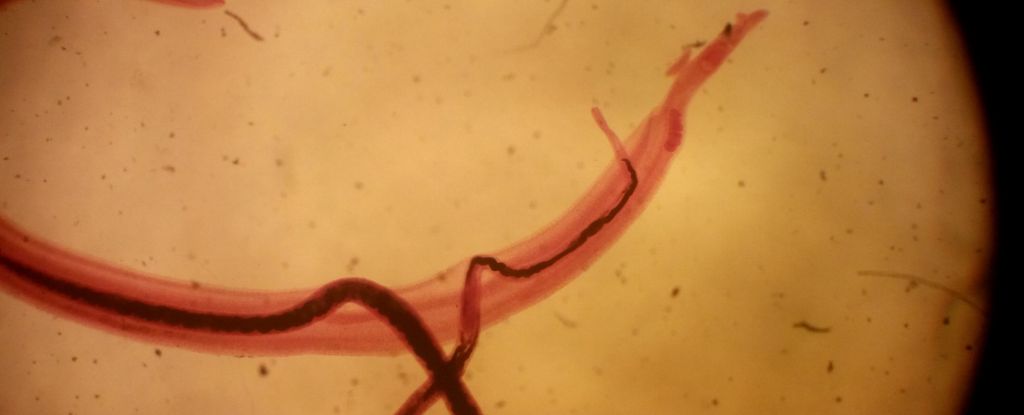A recent study has revealed how the water-borne parasitic worm, Schistosoma mansoni, manages to invade its host without causing pain. This ability allows the parasite to thrive undetected in the human body, ultimately leading to chronic conditions such as schistosomiasis, which affects hundreds of millions globally. Researchers have discovered that the worm produces specific molecules that suppress pain-sensing neurons in the host’s skin, a finding that could pave the way for new pain relief treatments.
The work, led by immunologist De’Broski Herbert from the Tulane School of Medicine, uncovered this mechanism by studying how S. mansoni larvae penetrate the skin. Once inside, the warm environment of the host body facilitates their growth and reproduction, often without triggering the body’s pain response. This suppression of pain is critical for the parasite’s survival, allowing it to evade detection by the immune system.
Researchers focused on a specific type of sensory neuron known as TRPV1+, which plays a key role in transmitting signals related to heat, stinging, and itching. These neurons act as the body’s alert system, warning of potential dangers, including pathogens and allergens. By dampening the response of TRPV1+ neurons, the parasite increases its chances of successful infection.
To investigate this phenomenon, the team conducted experiments with mice, some of which were infected with the parasite while others were kept as uninfected controls. Employing a double-blind methodology ensured that the researchers were unaware of which groups were infected, minimizing bias in the results. The infected and control groups underwent a pain tolerance test, where a paw was placed over a heat source that was uncomfortable but not damaging.
The findings were significant. The control group exhibited a markedly stronger immune response compared to the infected group. Neuron cultures derived from the spinal fluid of both infected and uninfected mice further demonstrated that the immune responses were significantly suppressed in those with the parasite. This confirmed that S. mansoni effectively inhibits the neurons responsible for signaling pain and triggering immune reactions.
While the exact mechanisms in humans remain to be fully understood, the implications of this research are profound. “Identifying the molecules in S. mansoni that block TRPV1+ could inform preventive treatments for schistosomiasis,” Herbert stated. The researchers envision developing a topical agent that activates TRPV1+ neurons to prevent infection, particularly for individuals at risk of exposure to contaminated water.
Additionally, this discovery opens avenues for new treatments for nerve pain, although further research is necessary. The immune suppression caused by the helminth could pose risks, necessitating careful consideration in therapeutic applications.
Future studies will focus on characterizing the TRPV1+-suppressing molecules secreted by S. mansoni. The findings from this research have been published in The Journal of Immunology, highlighting a potential breakthrough in both pain management and understanding host-parasite interactions.
As scientists continue to unravel the intricate relationships between parasites and their hosts, this research not only sheds light on the mechanisms of S. mansoni but also offers hope for innovative therapeutic strategies in managing pain and preventing schistosomiasis.





























































